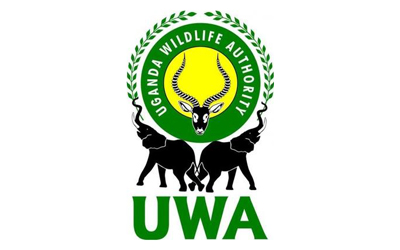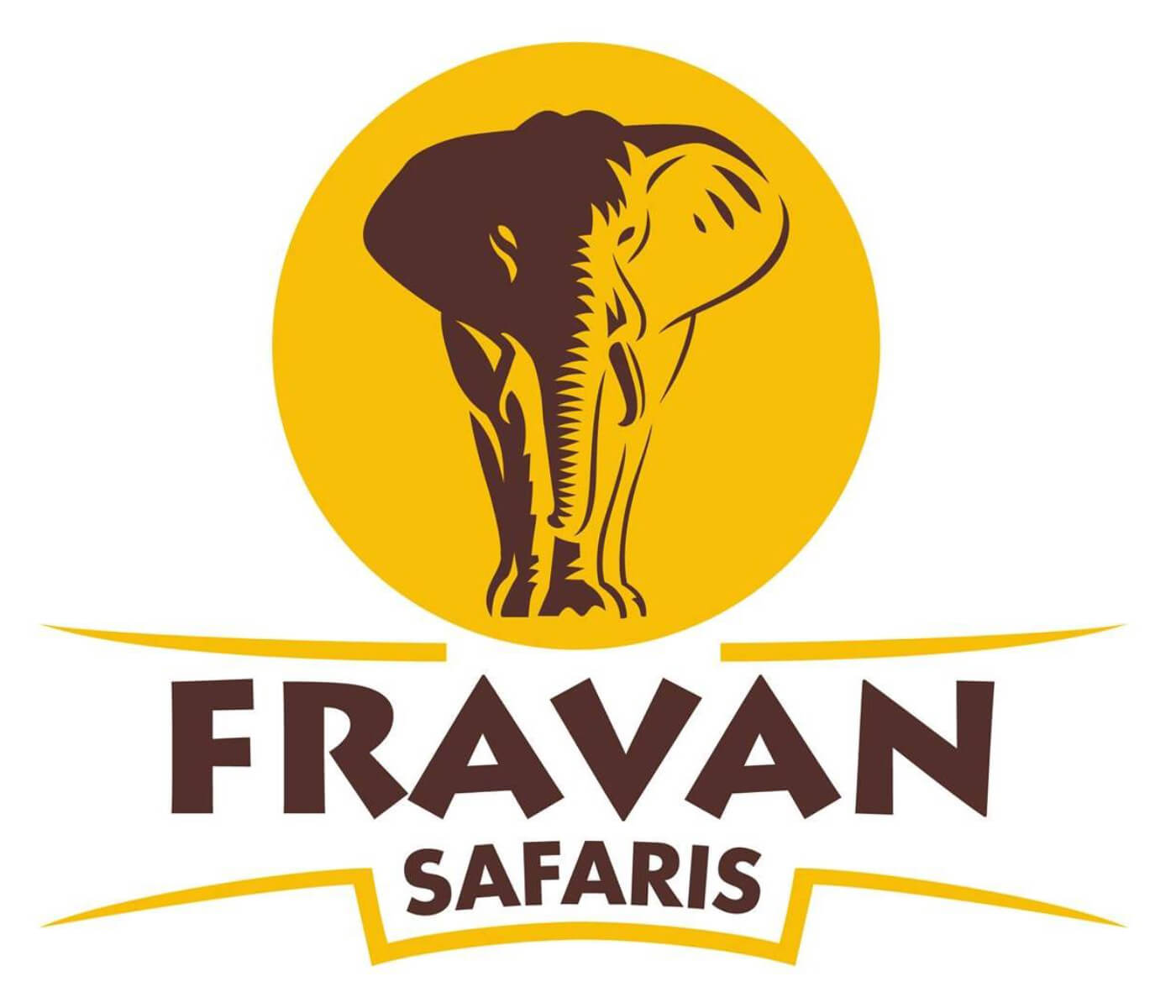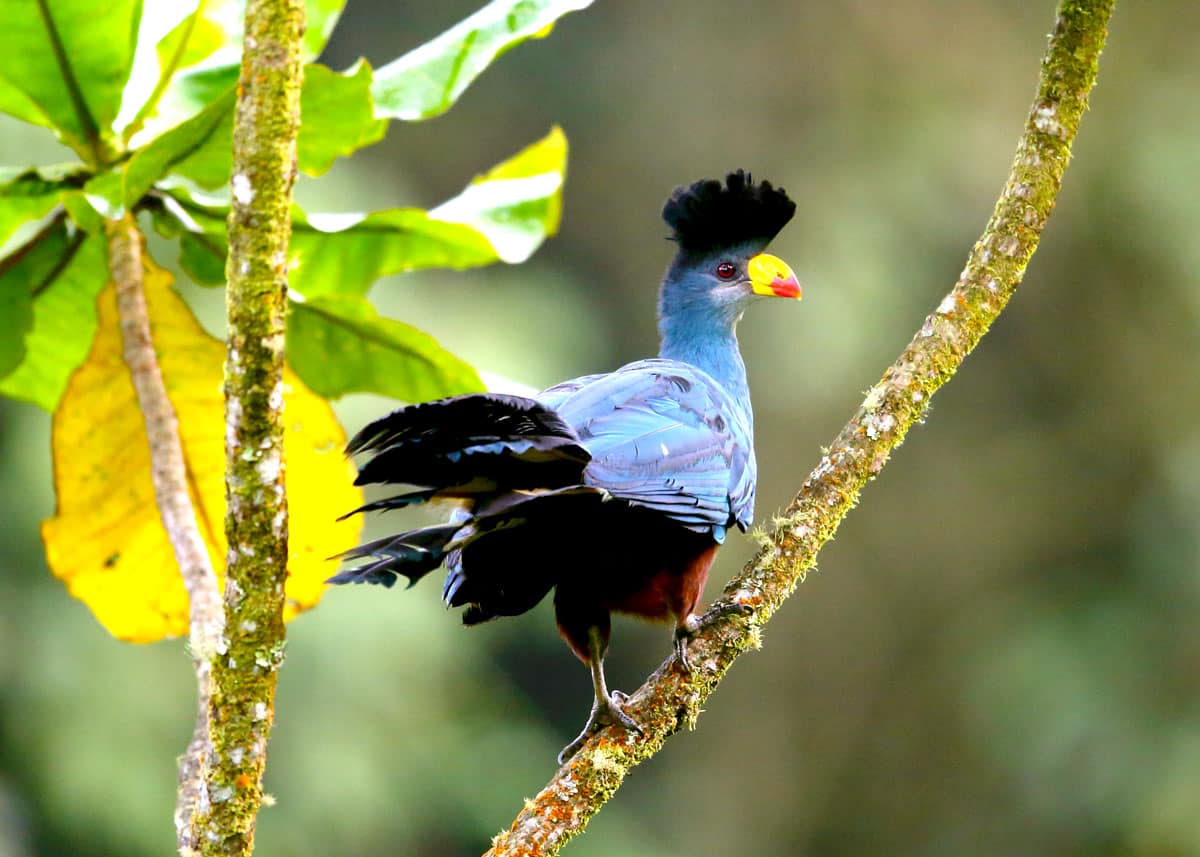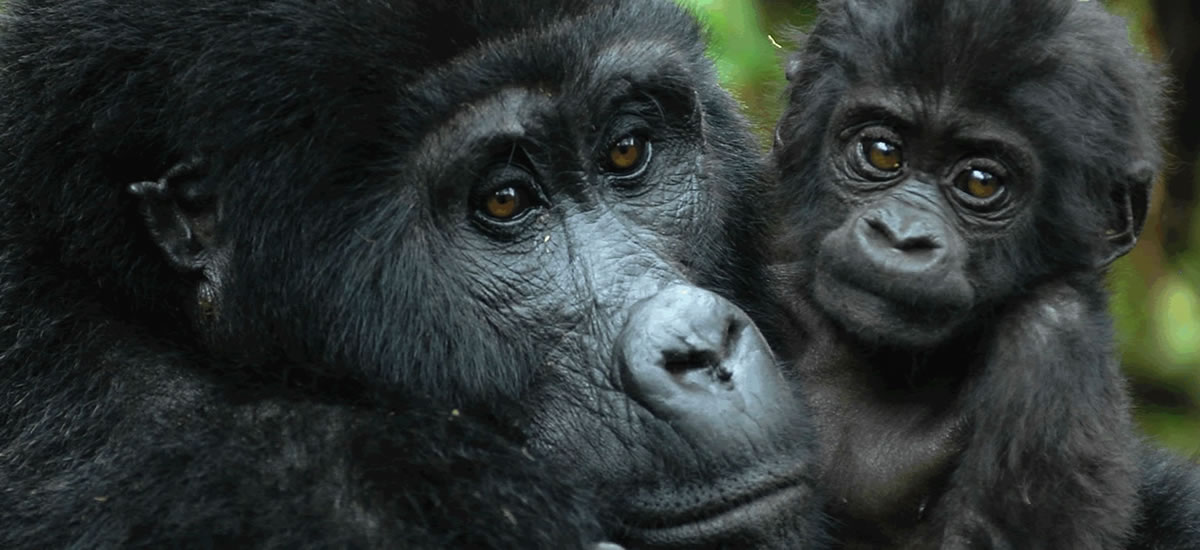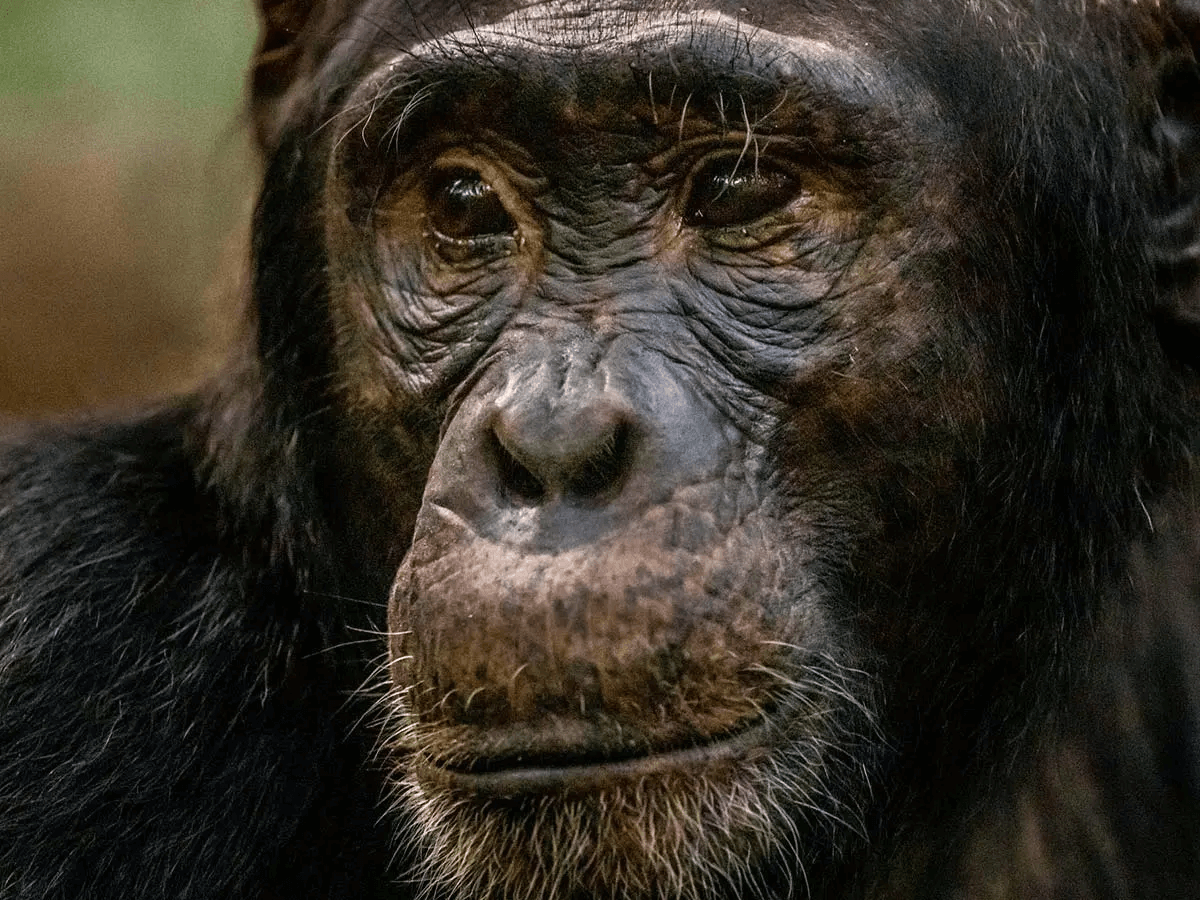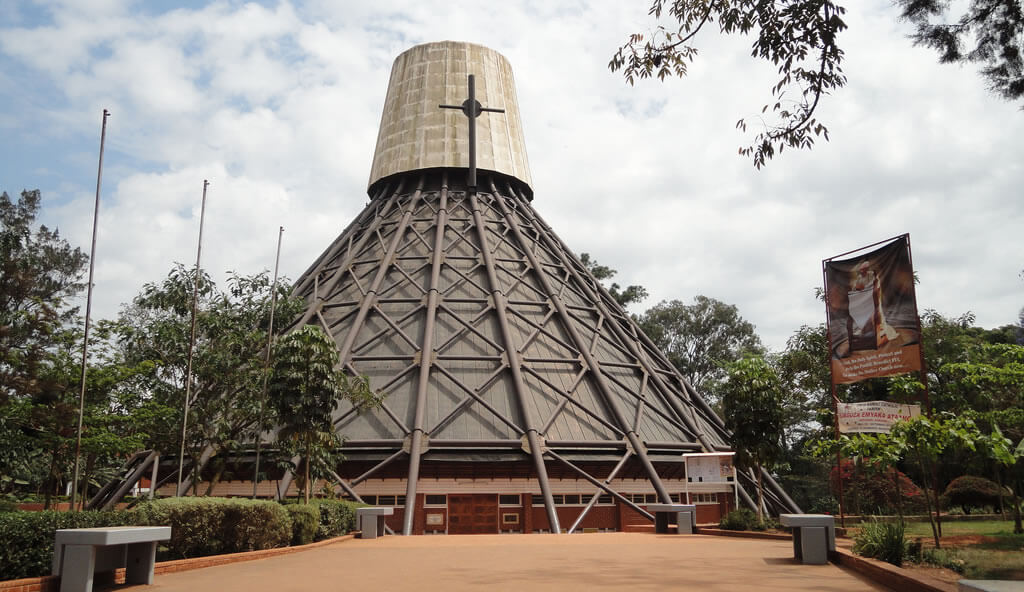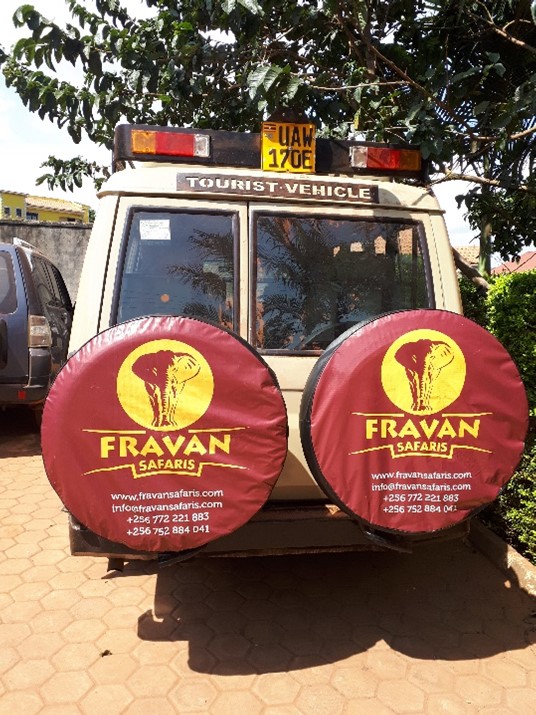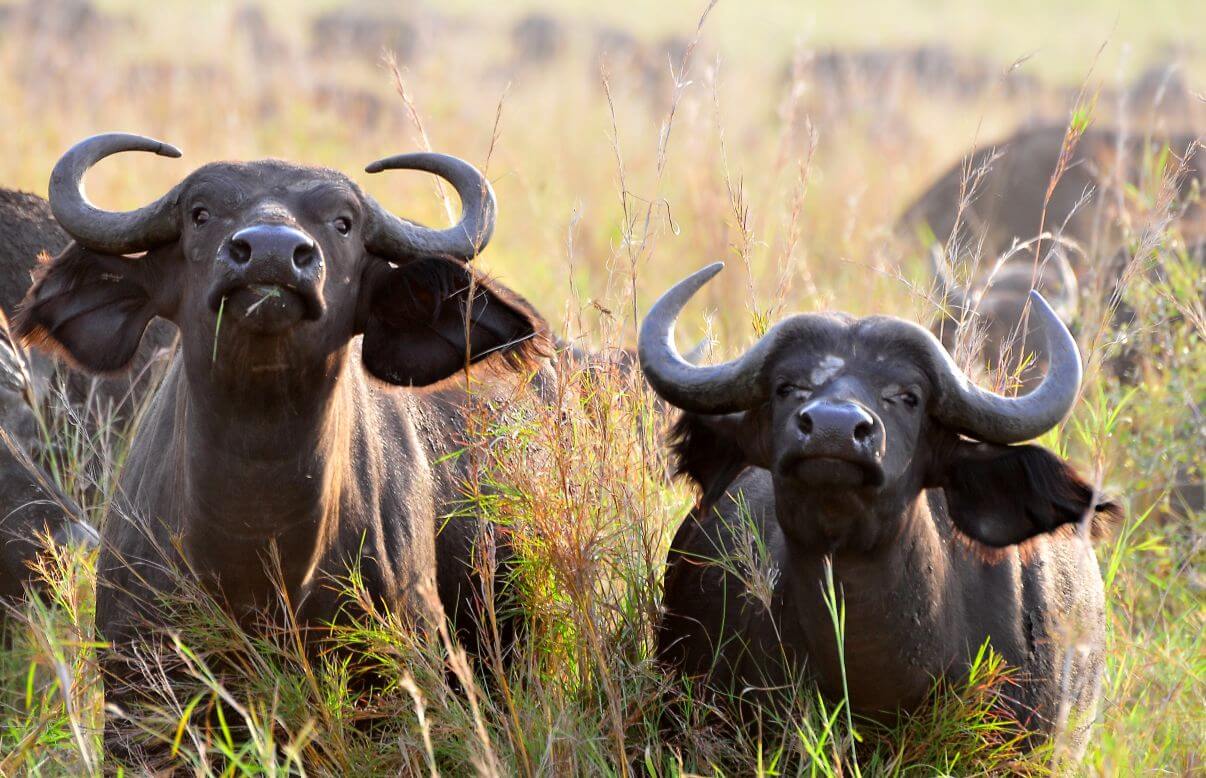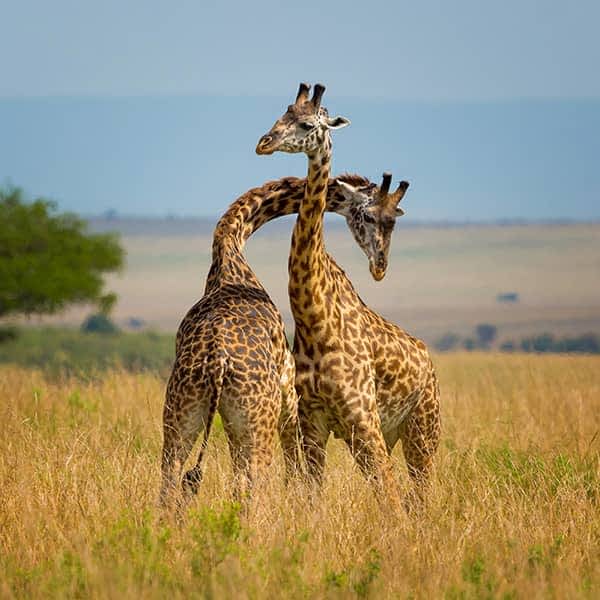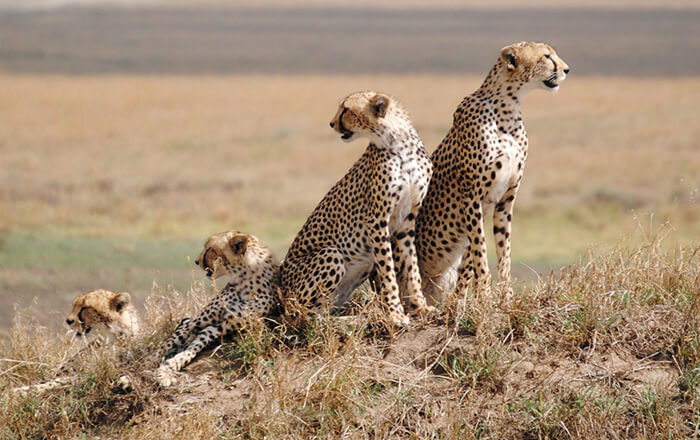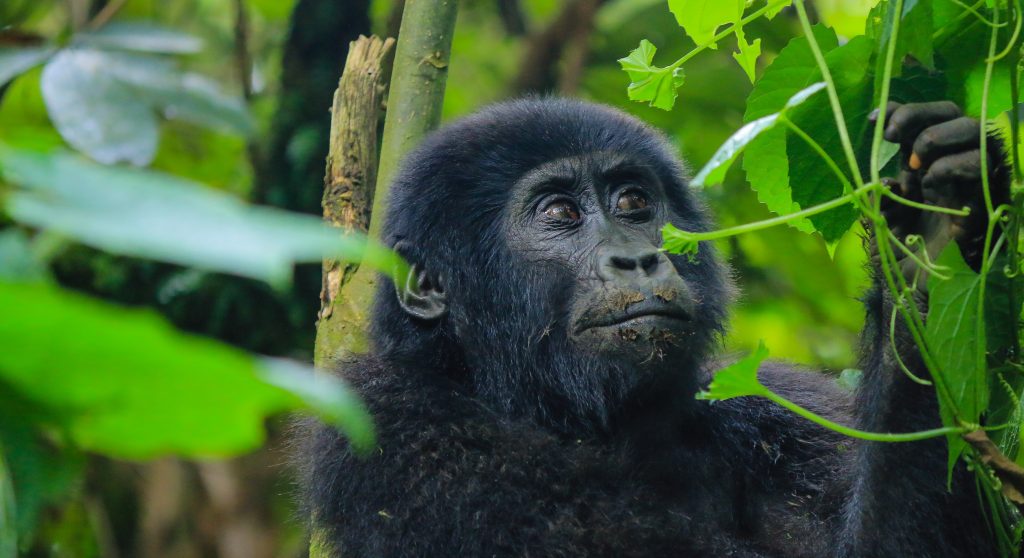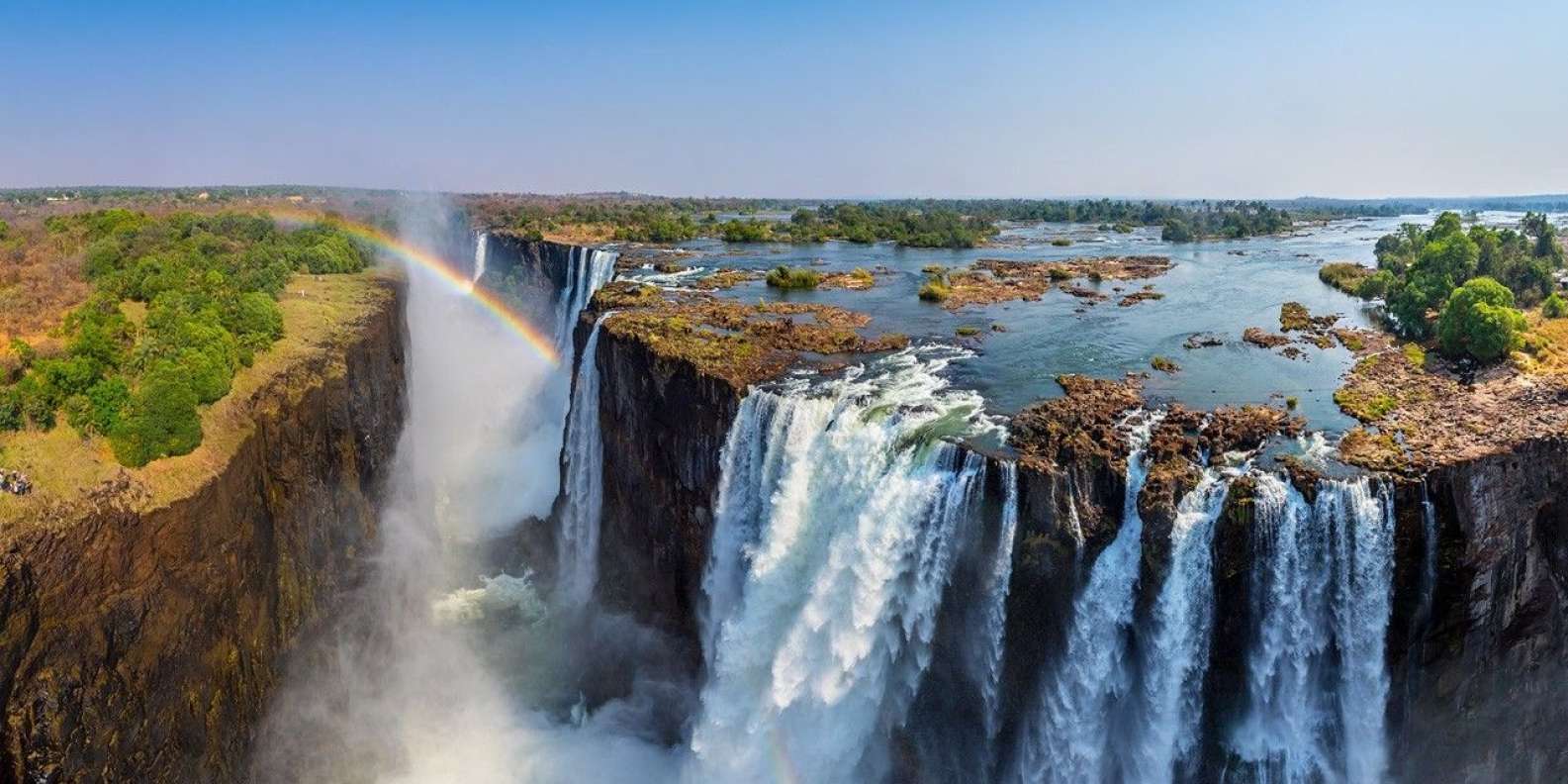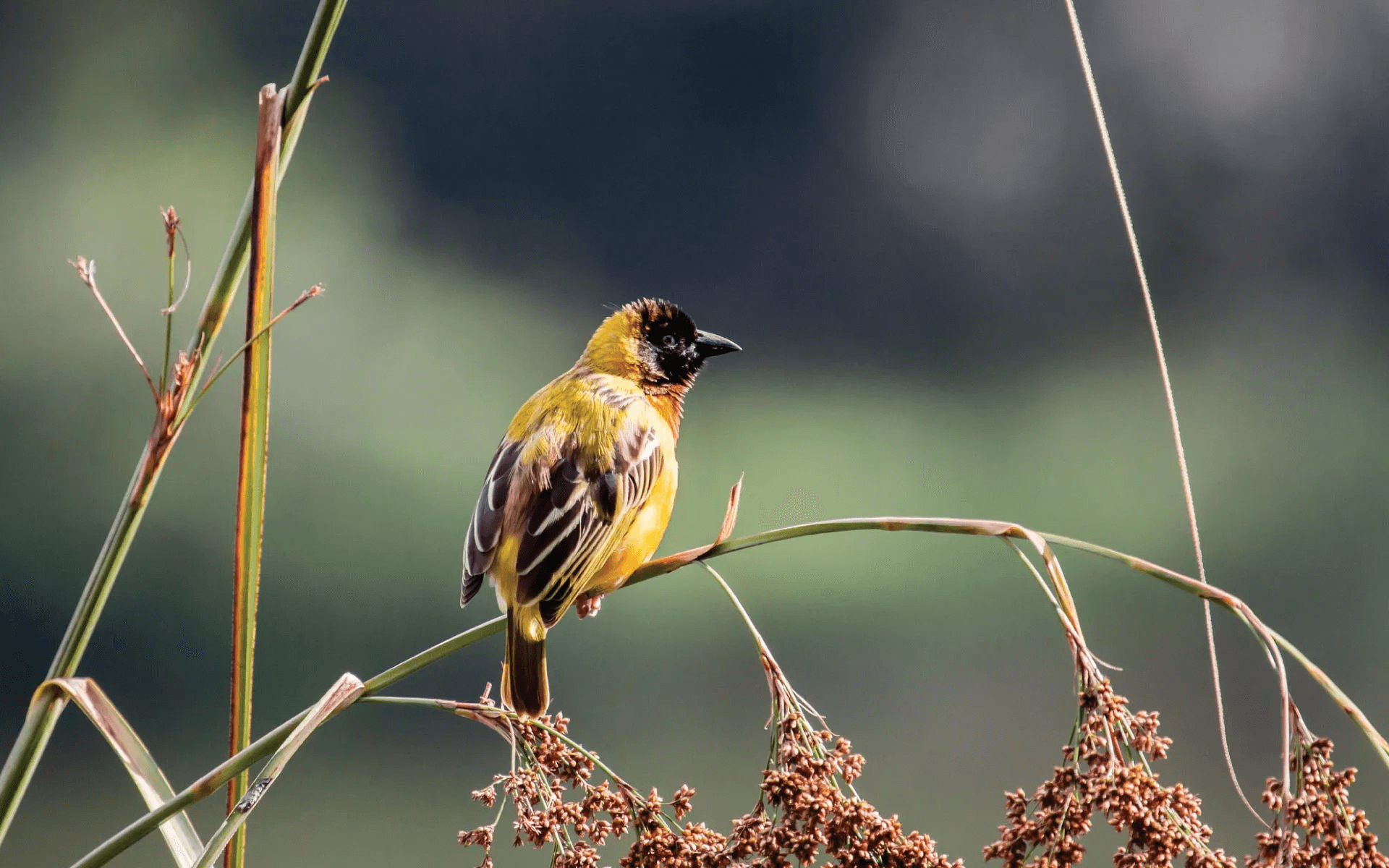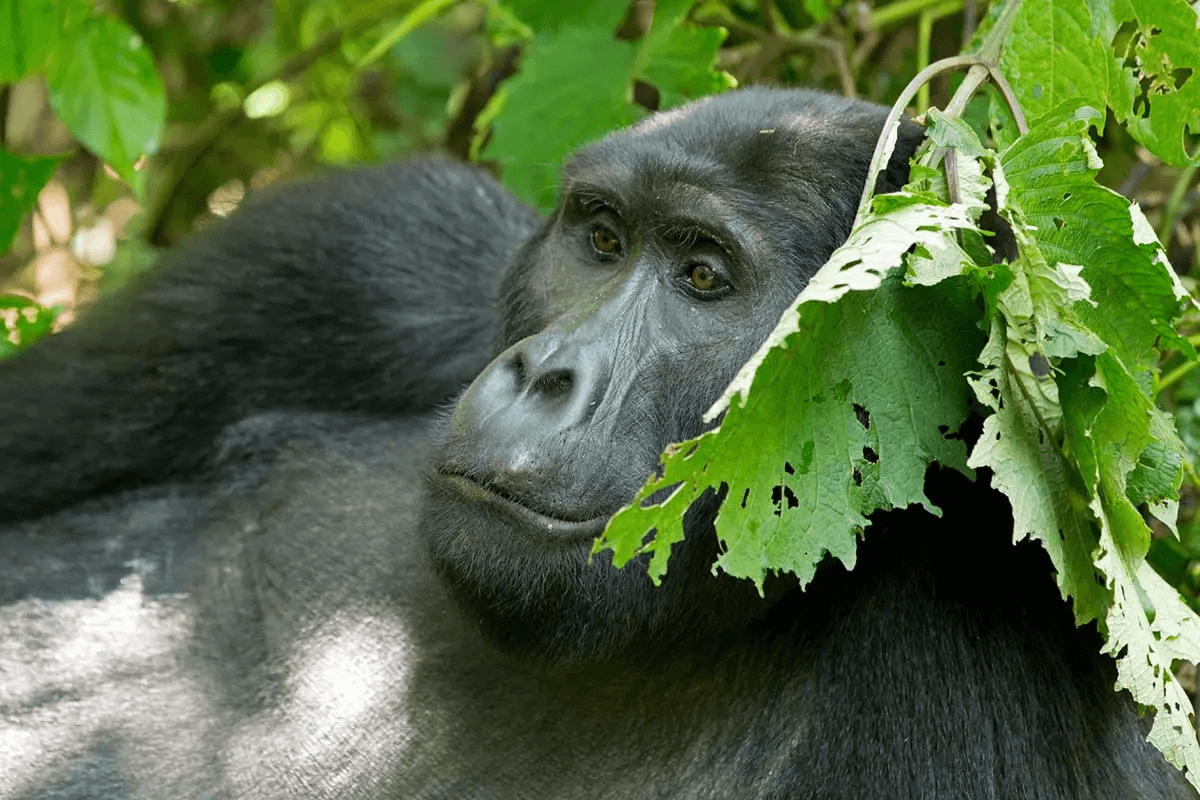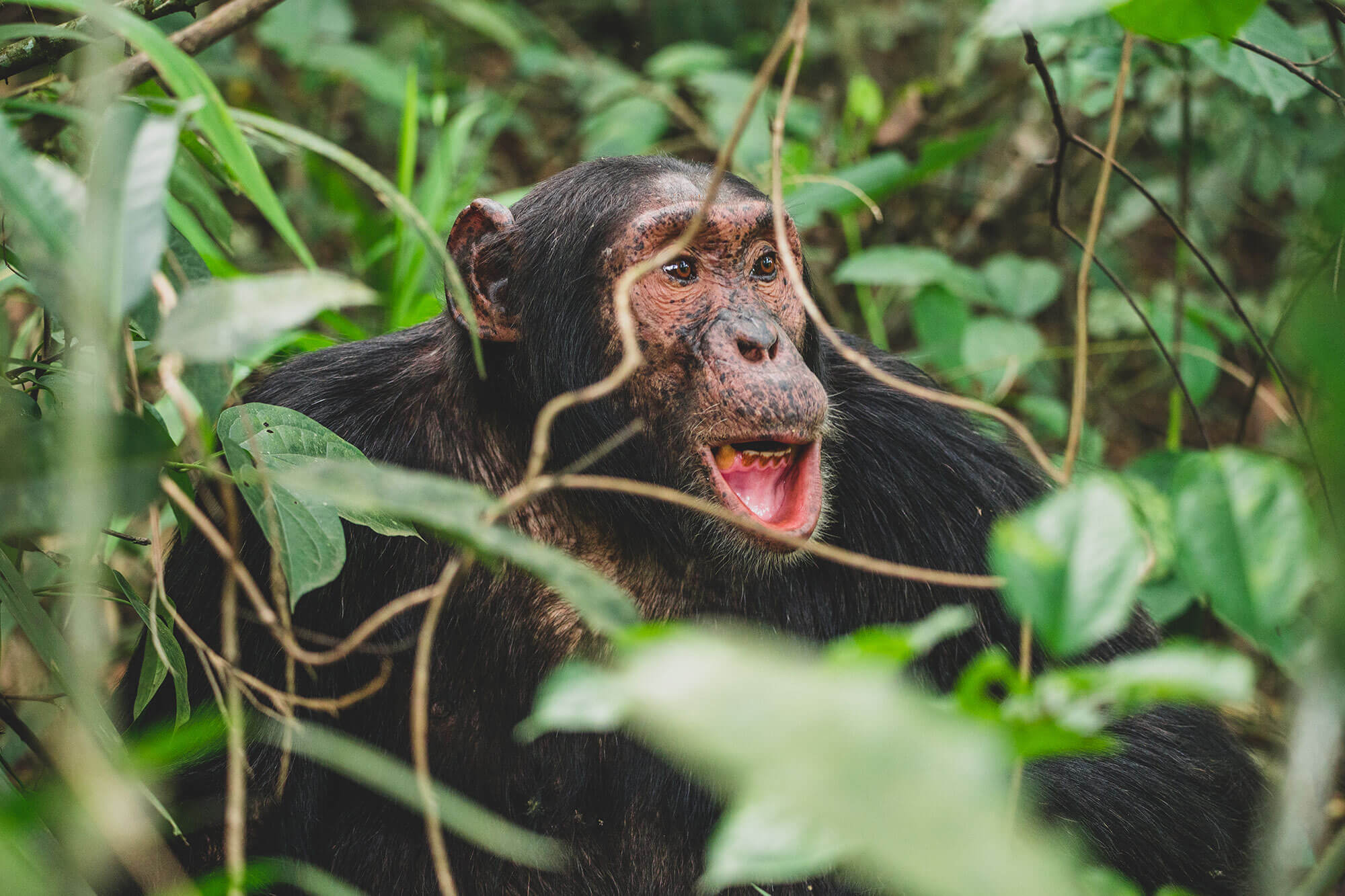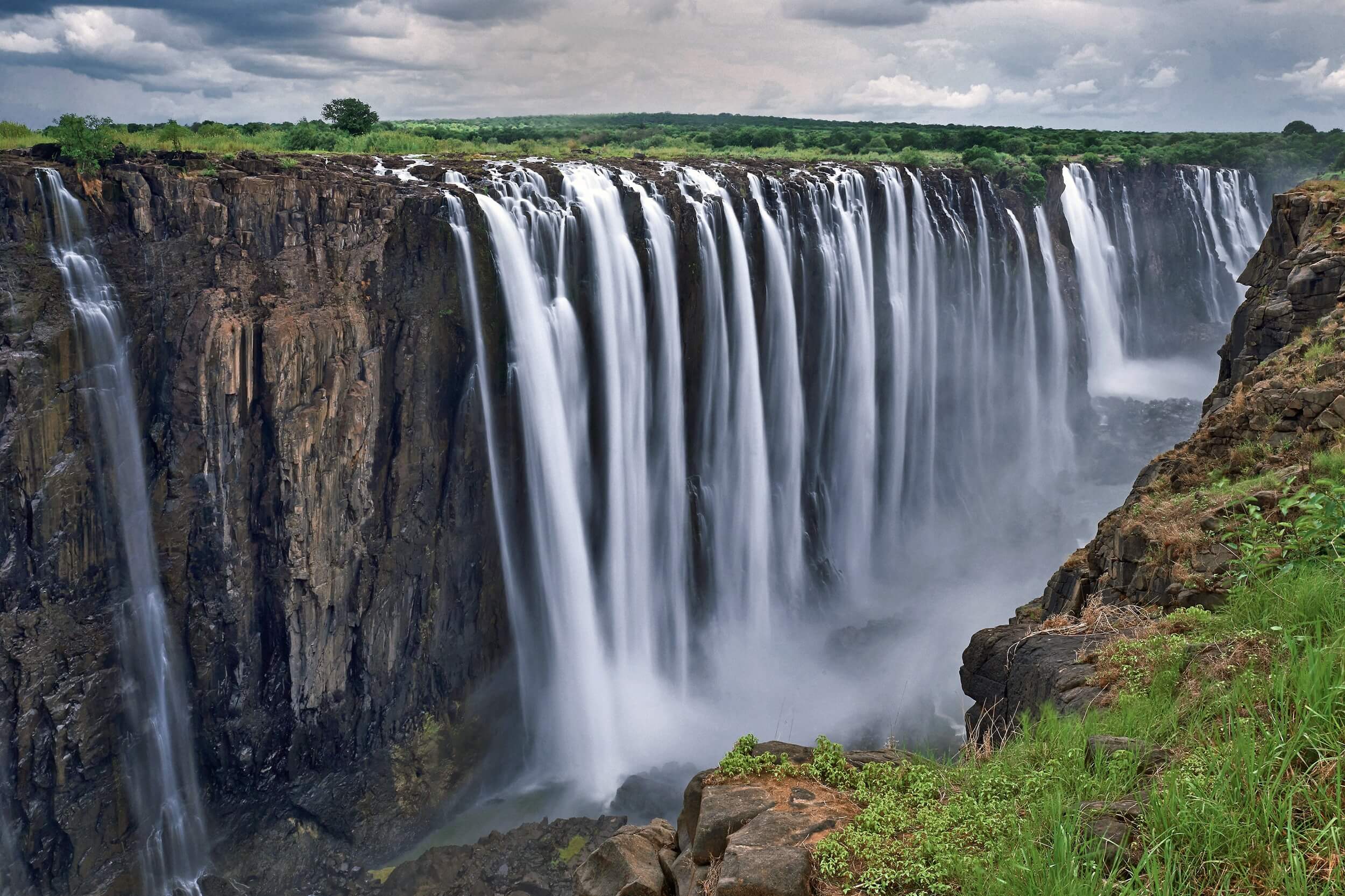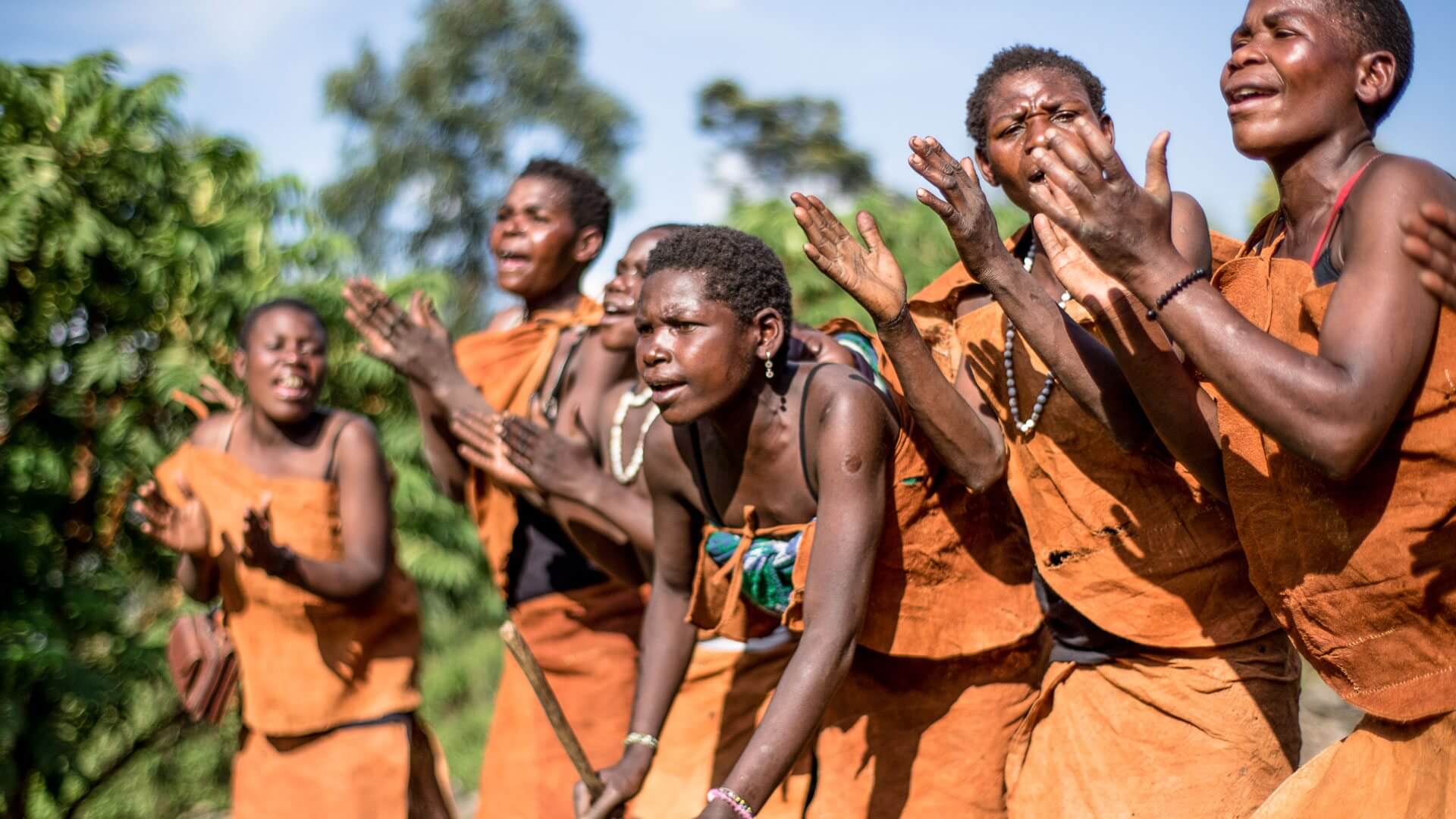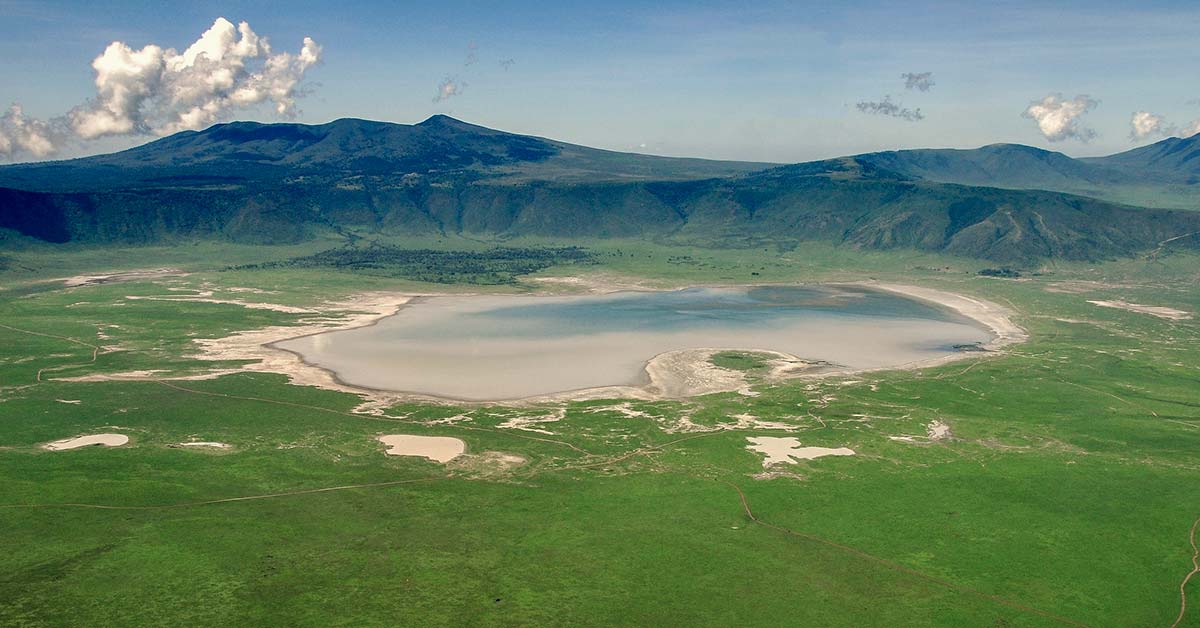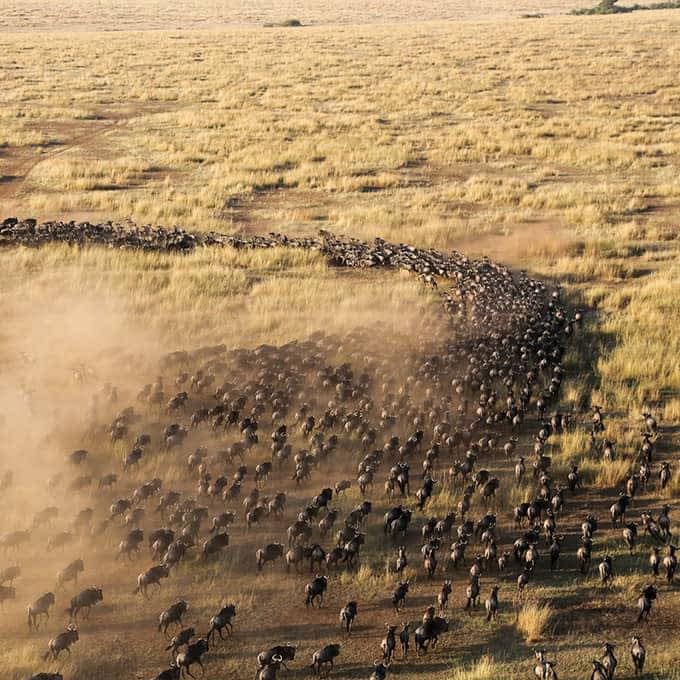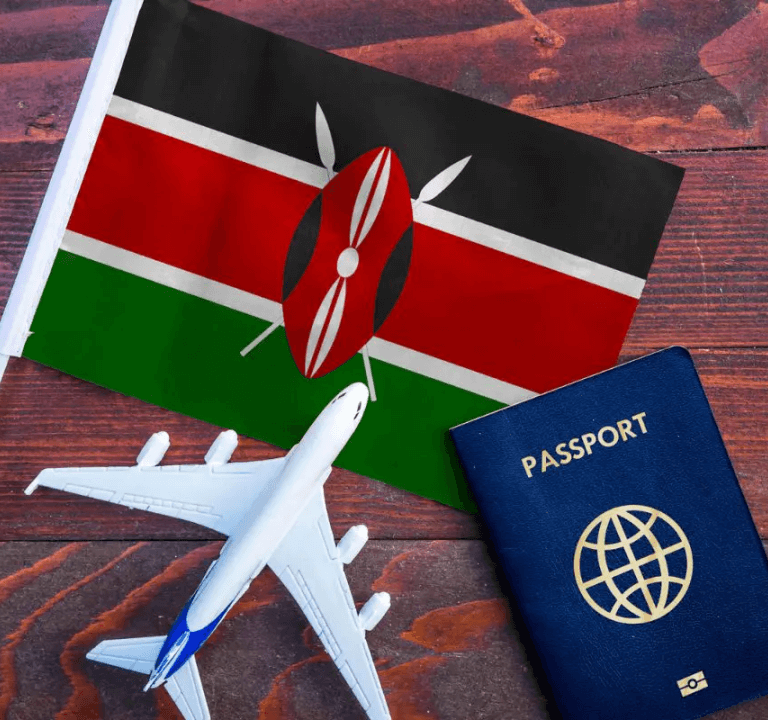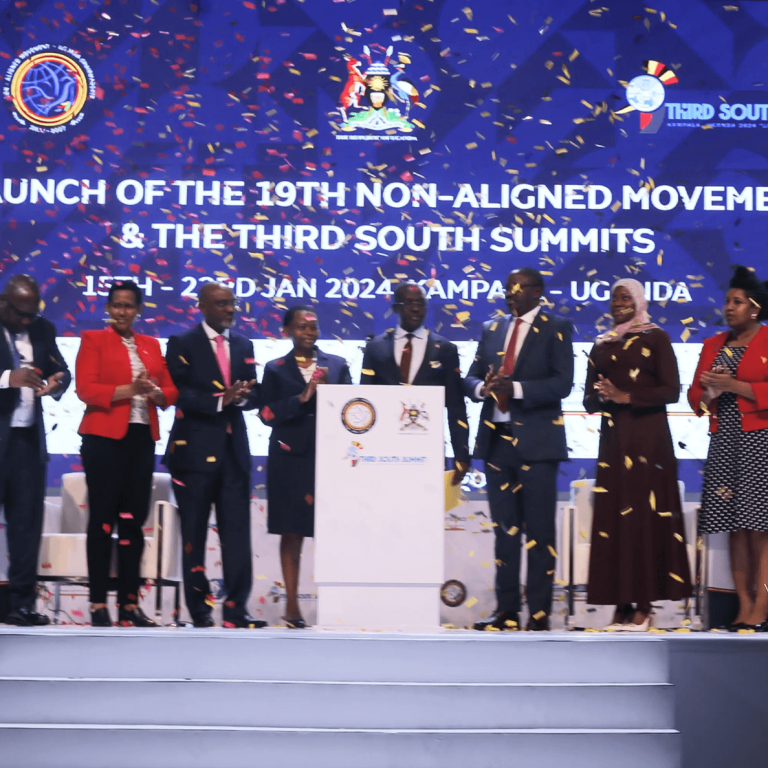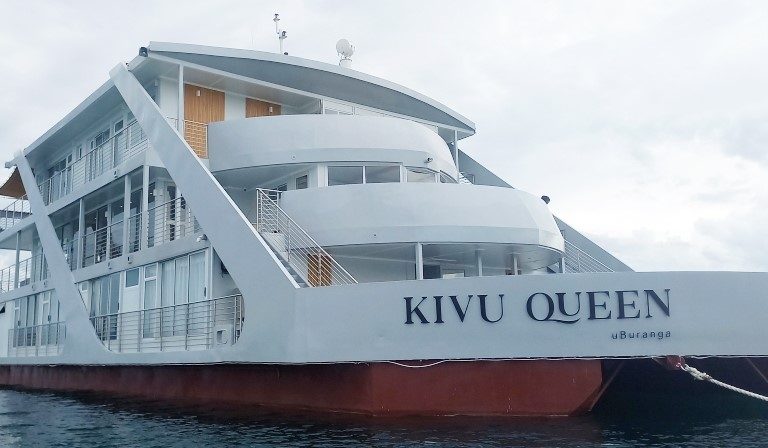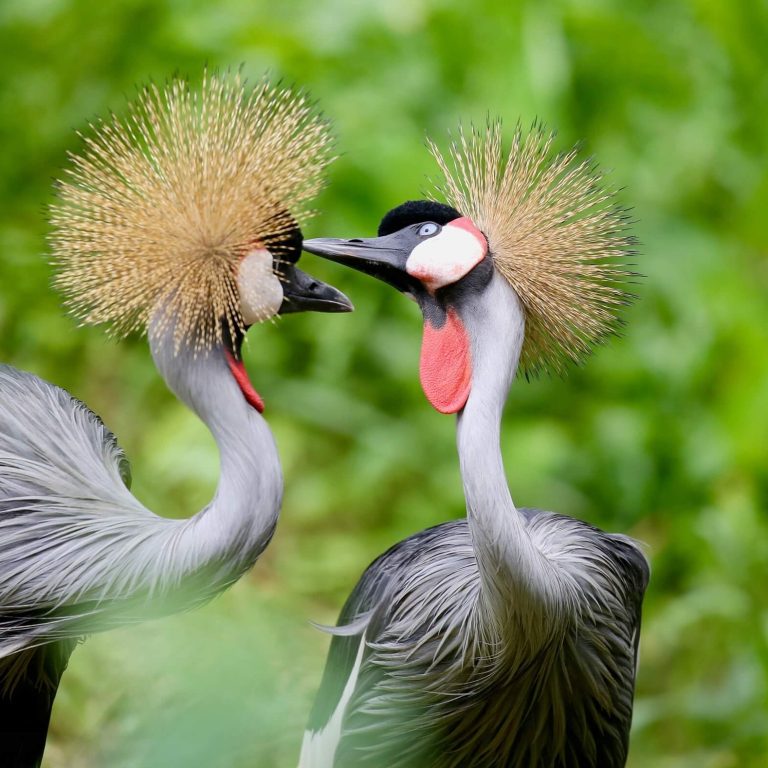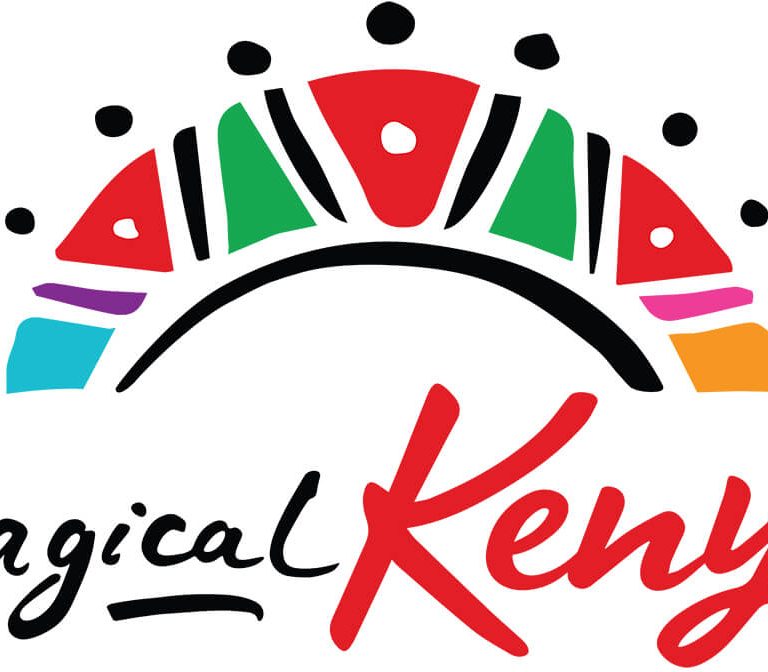In a momentous development, President William Ruto declared that starting from January 2024, Kenya will abolish visa requirements…
Plan Your Trip
Activities
From the national parks to the majestic bodies of water, adrenaline junkies will be brimming from ear to ear at the plethora of outdoor adventure activities that lie in store. Fravan Safaris offers an abundance of experiences to satisfy every traveler’s desires.
Make It Memorable
We create the trips you love
We take the best of what we’ve learned over our 15 years of experience as luxury travel agents and bring it all together to create bespoke luxury travel experiences.

Best Tours
A strict screening process ensures that we only offer the best tours and trip packages.
Worldwide Coverage
We guarantee you the best price. Found a lower price? We will match it.
Fast Booking
We understand how important flexibility is right now, just one click and it's done!
Guided Tours
We won’t show you the world; we'll show you Africa, better than anyone else.
Places to Go
Perfect Destinations
Our Top Picks
Must Do Activities
Choosing a package is one of the best ways to save, without compromising on the quality of services. If you can’t find anything of your style from the packages below, just contact us and we will help you make the best holiday package that suits you the most.
Accommodation
Lodges & Hotels
OVERVIEW Established in 1954, Paraa Safari Lodge is in Murchison Falls National Park. The lodge is located in the north west of Uganda over looking…
OVERVIEW Since the opening in 2002, 2 Friends has grown to be one of the most popular spots for luxurious accommodation. We provide you with…
OVERVIEW Red Chilli has been operating budget lodges, campsites and tours in Uganda since 1999. The Red Chilli Hideaway in Kampala first opened its doors…
OVERVIEW Your Unforgettable Experience in the heart of the Queen Elizabeth National Park Mweya Safari Lodge offers visitors an unforgettable experience. Located on a peninsula…
OVERVIEW Opened in 2015, Baker’s Lodge boasts ten beautifully appointed safari suites on raised decks, set along the southern bank of the mighty Nile River….
OVERVIEW Kasenyi Safari Camp is strategically located on the rim of lake Bunyampaka in the Kasenyi savannah of Queen Elizabeth National Park. The camp has…
We Are Travel Agency
we help you planning your journey
- Trust and Safety
- Best Travel Agent
- Best Price Guarantee
- Beautiful Places
- Passionate Travel
- Fast Booking



Our Blogs
Travel Tips and Advice
Uganda is making preparations to host two significant international summits at Commonwealth Resort Munyonyo, Kampala, in January 2024.…
#DidYouKnow: Uganda boasts over 11% of the world’s bird species and at least 50% of all #birds found on the…
Rwanda’s hospitality industry is set to reach new heights with the imminent launch of the Mantis Kivu Queen…
Uganda Voted Best Safari Country 2023 by Travelers on Safari Bookings! Uganda has been crowned the “Best Safari…
East African Regional Tourism Expo and the 2023 Magical Kenya Travel Expo commenced with a bang!
East African Regional Tourism Expo and the 2023 Magical Kenya Travel Expo commenced with a bang! EARTEMKTE 2023…
What Our Customers Say

 Francesca Nakaggwa KakoozaMarch 7, 2021Great trips! Professional staff!.I will definitely book another holiday with & through them.
Francesca Nakaggwa KakoozaMarch 7, 2021Great trips! Professional staff!.I will definitely book another holiday with & through them. Mukalele RogersFebruary 7, 2020Great tour guides, knowledgeable about exciting safaris in Uganda!
Mukalele RogersFebruary 7, 2020Great tour guides, knowledgeable about exciting safaris in Uganda! Puppy CentreFebruary 7, 2020
Puppy CentreFebruary 7, 2020
Meet
Our Partners
